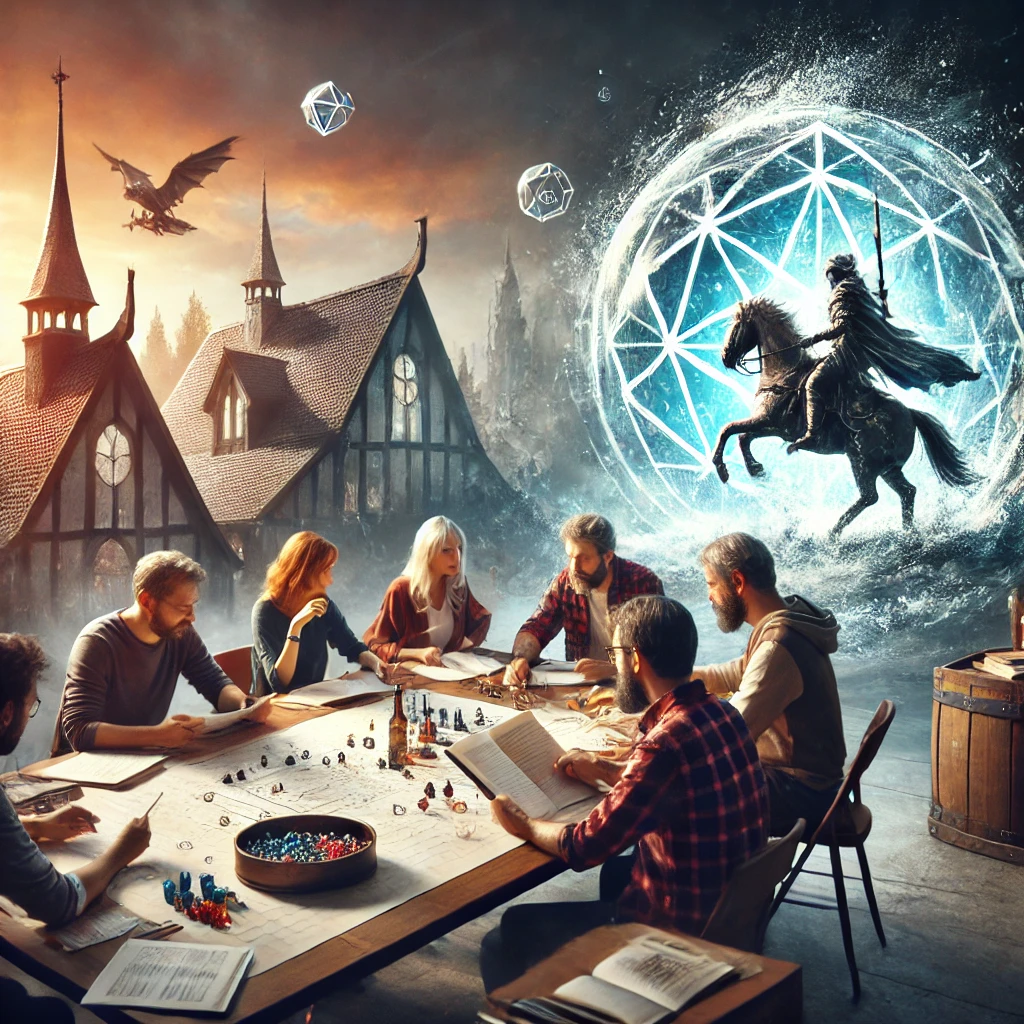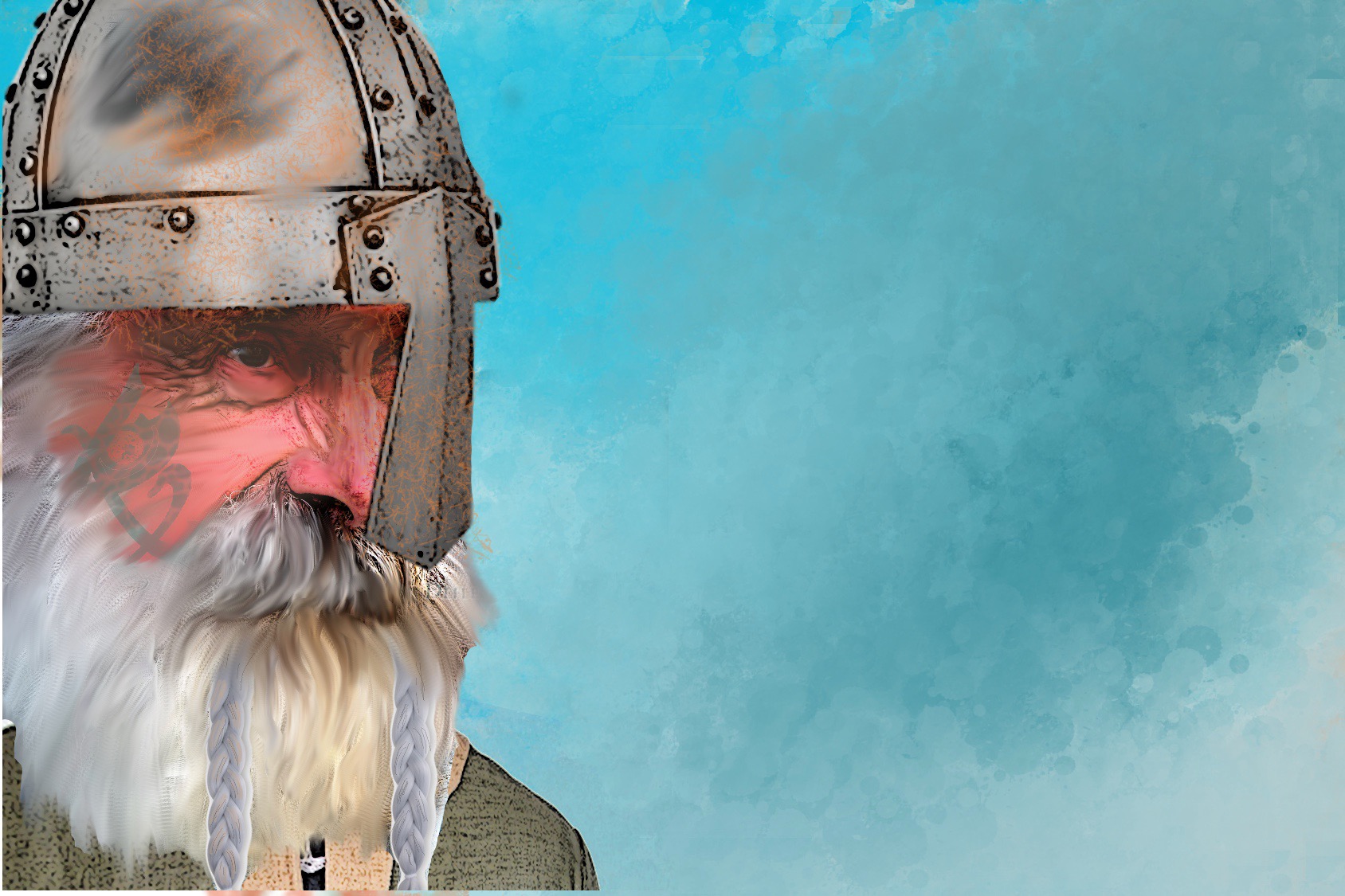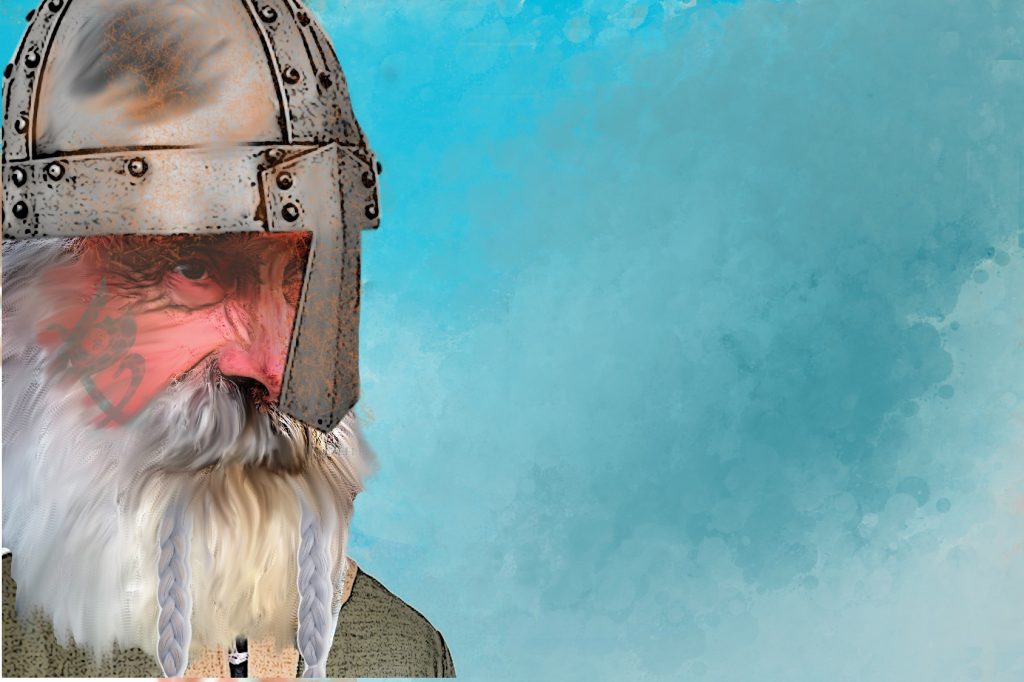Before we talk about reverse railroading we need to talk about what is railroading.
Railroading is a commonly debated and somewhat controversial game-mastering method in the realm of tabletop role-playing games (RPGs). In this approach, the Game Master (GM) exerts a high degree of control over the game’s narrative, often guiding players along a predetermined plot or story path. This term derives from the idea that players are metaphorically placed on a “railroad track,” with limited freedom to deviate from the planned storyline.
In a railroaded campaign, the GM meticulously designs the game world, plot events, and encounters, leaving little room for player improvisation. The storyline unfolds with a predetermined sequence of events, and players are expected to follow along. While this method can ensure a tightly woven narrative with well-defined arcs and dramatic moments, it can also lead to player frustration if they feel their choices and creativity are stifled.
Railroading is a divisive technique; some players enjoy the structured experience it offers, appreciating the clear objectives and storyline, while others prefer a more open-ended, player-driven approach where their decisions have a more significant impact on the game world.

Balancing railroading with player agency is crucial for a successful RPG experience. Experienced GMs may employ railroading selectively, using it sparingly to maintain the overall narrative while still allowing players to explore and make meaningful choices. Ultimately, the choice of whether to use railroading in an RPG campaign should be made with the player’s preferences and the game’s overall goals in mind.
The Reverse Railroad
So what happens when a Gamemasters needs a specific end and yet wants to give the players control of how they get to there? This is where the reverse railroad comes in.
The reverse railroad GM technique is where you provide a scene similar to many of the crime dramas on TV. The players are looking over the body of the Queen who was obviously stabbed in the back with the rouge’s knife. The King walks in and catches the players over the body…… “Two Days Before”
Setting Up a Reverse Railroad
It’s all about expectations and fun! Think about the movie Titanic. The ship sinking wasn’t considered a spoiler because the interest lay in how it happened and who survived. The same principle applies to reverse railroading.
When setting up the reverse railroad, you need to be clear with the players:
- What will happen at a certain point
- What control they have in their methods of reaching that point
- Rewards for not exploiting their knowledge of how the session ends
- Penalties for using that knowledge
- Extra bonuses for making it seem seamless
For example, in the last episode of the Star-Fall Actual Play podcast Season One, the players were told that the villain “Jeramia Lightfoot” had “plot immunity” because he is a key character much further down the plotline. While they needed to fight him, they could not kill him. As the GM, I would alter the effects to make sure he survives:
- Players were aware they could not kill him.
- Players were told he, however, could kill them.
- Players would be given extra XP for finding a reason not to perform the “deathblow” if they knocked him out (“You deserve to die, but that is not justice” or “I pull the trigger at the gun pointed at his heart, and it goes… click”).
- Players were not told how they would get there or what would lead to that point, only that there would be a fight, and he could not die… wound, capture, maim, yes… die, no.
While I expected the players to resist this, they loved it. They knew before the game even started what was going to happen, but not how it would happen.
Tips for Running a Reverse Railroad
- Communicate with Players: Don’t surprise the players with a reverse railroad. Let them know that it will happen and give them time to think about it. This is not something you want to announce at the beginning of a battle. It should be done at the start of the session (or earlier).
- Reward Pretending and Roleplaying: Be generous with rewards for pretending and roleplaying. Extra XP, magic items, etc., are all appropriate rewards for good roleplaying.
- Reward Not Exploiting Future Knowledge: Be generous with rewards for not exploiting future knowledge.
- Penalize Exploiting Future Knowledge: Warn players about strict penalties for exploiting future knowledge. For example, just because a player knows they’re alive in a future scene doesn’t mean they won’t suffer significant setbacks if they exploit this knowledge.
Reverse railroading can create memorable and engaging sessions when done right, providing structure while still allowing for player creativity and agency. By balancing predetermined outcomes with player-driven actions, you can craft an exciting and dynamic RPG experience.
This blog post was sponsored by “Lithgow Tech Services” builders of custom gaming computers https://www.lithgowtech.com



